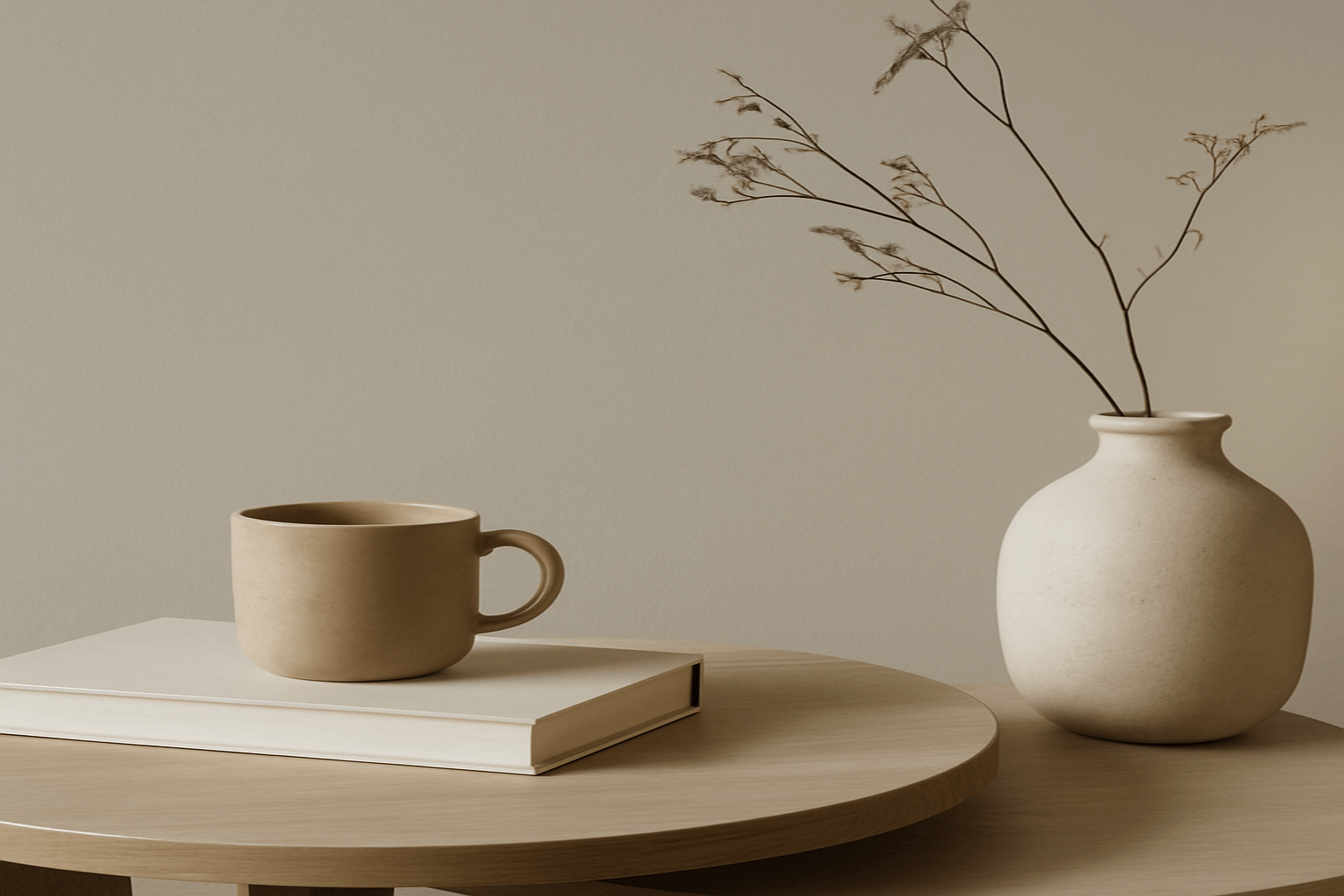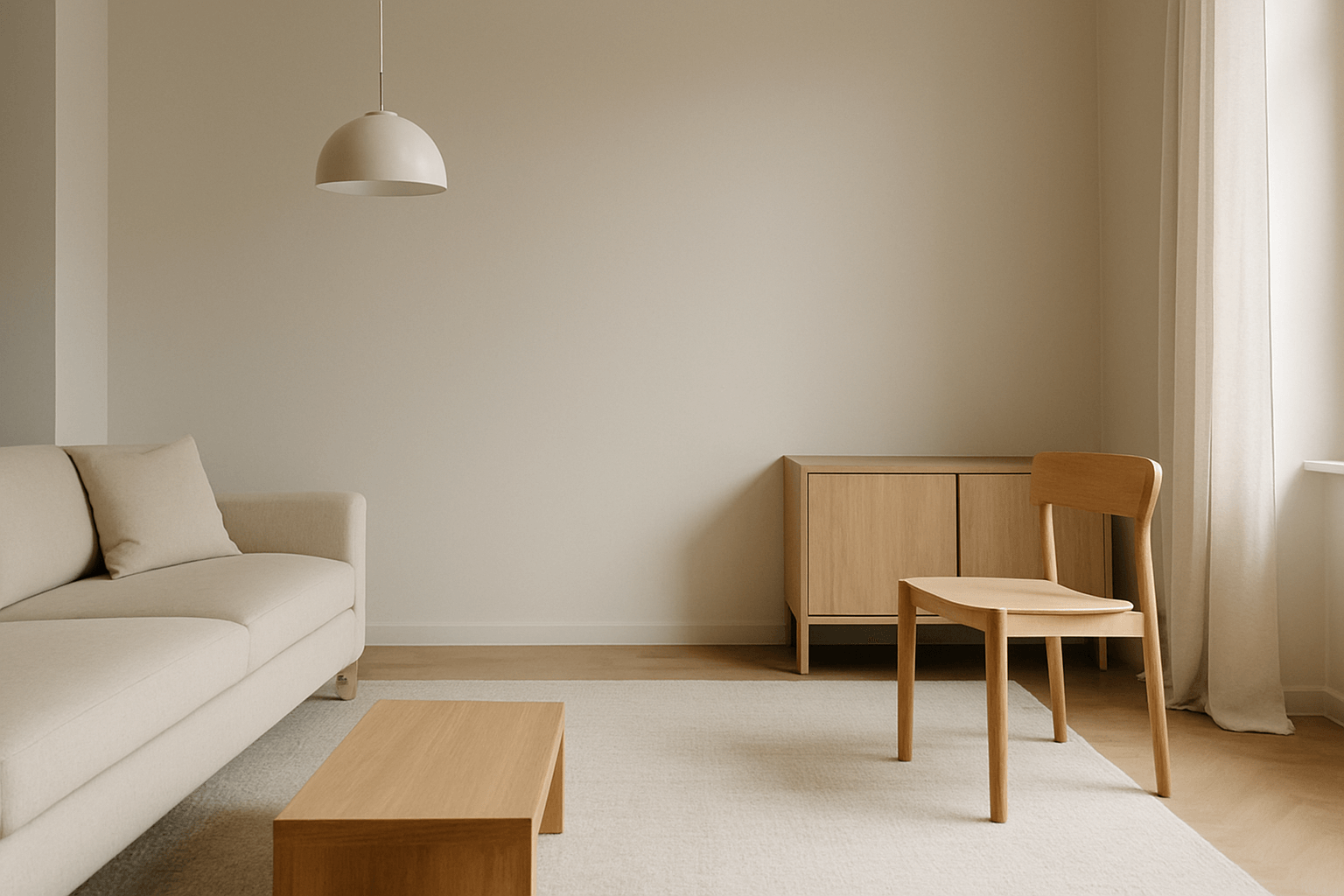The Difference Between Routine and Ritual
Routine is what we do on autopilot — making coffee, brushing teeth, tidying up.
Ritual is what we do with awareness — even if it looks the same on the outside.
In minimalist design, the goal isn't just to simplify a room — it's to support how you want to live in it. And that means creating space for ritual.
1. Design for Daily Meaning, Not Just Function
Instead of designing rooms purely around tasks, design them around moments that matter to you.
Ask:
-
Where do I want to start my mornings?
-
What kind of light do I want when I unwind?
-
How can this space remind me to pause, not rush?
Rituals begin in design. A cup of tea becomes more than caffeine when it’s paired with quiet light and a clear table.
2. Create Micro-Zones for Intentional Living
In a minimalist home, you don’t need more furniture — just more clarity of purpose.
Try creating:
-
A floor cushion and low table for journaling
-
A single chair beside a window for quiet reading
-
A wall hook by the door for a favorite item you grab daily
Each of these areas supports a tiny ritual — without requiring excess.
3. Let the Space Set the Tone
Design is a tool to reinforce habits.
Examples:
-
A clutter-free kitchen makes it easier to cook slowly and mindfully
-
A tidy, softly lit bedroom invites more restful sleep
-
A hallway with nothing but light and silence becomes a reset between spaces
A well-designed space doesn’t just contain life — it gently shapes it.
4. Bring Awareness Through Texture, Light, and Time
Rituals come alive through the senses:
-
The feel of a linen throw
-
The rhythm of morning light through sheer curtains
-
The act of lighting a candle, not flipping a switch
These aren’t luxuries — they’re tools to slow down and notice.
5. Keep It Simple, but Intentional
You don’t need elaborate routines. A minimalist space lets you:
-
Focus on what really matters
-
Remove distractions
-
Cultivate presence in the smallest acts
Whether it’s a 5-minute breath or a slow breakfast, let your home invite it — quietly.
Final Thought
Minimalist design isn’t about stripping life down — it’s about lifting meaning up. When your home supports rituals over routines, it stops being just a place to be — and becomes a place to become.
















